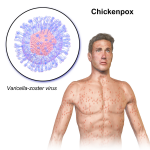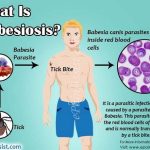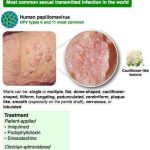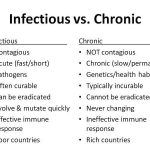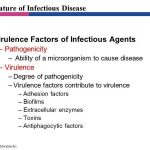
Chronic fatigue syndrome (CFS) is characterized primarily by profound fatigue, in association with multiple systemic and neuropsychiatric symptoms, lasting at least 6 months. The fatigue must have a new or definite onset (i.e., not lifelong), is not relieved by rest, and results in a substantial reduction in previous activities (occupation, education, social, and personal).

